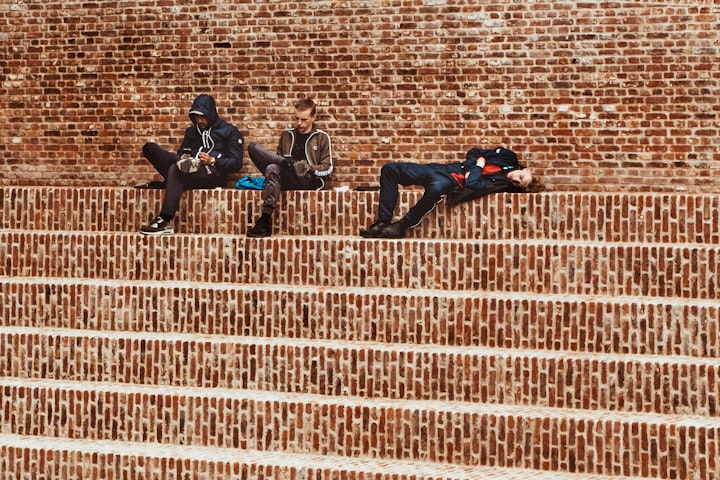THE TEEN WHO DID'NT SLEEP FOR 11 DAYS
What happened to him?

The human body's ability to function without sleep is a fascinating subject that has intrigued scientists, researchers, and daredevils alike. While many of us try not to go more than a day without at least getting in a nap, some individuals push the limits to extraordinary lengths.
One such individual is Randy Gardner, a San Diego high schooler who, along with his friend Bruce McCallister, embarked on a groundbreaking science fair project in December 1963. Their goal was to break the world record for sleep deprivation, previously set by Tom Rounds, a disc jockey from Honolulu.
Randy, confident in his ability to withstand sleep deprivation, becomes the test subject for their experiment. With Bruce as the observer, they set out to measure the effects of sleeplessness on cognitive ability through various tests, including memory tests, math problems, and basketball games.
As the days go by, Randy's endurance is put to the test. He remains active, playing basketball and maintaining a regular meal schedule. However, signs of trouble start to emerge by day three, with Bruce falling asleep while taking notes. As the experiment progresses, Randy experiences irritability, spacey behavior, and hallucinations.
Despite these challenges, Randy pushes through, buoyed by media attention and the thrill of breaking a world record. However, by day ten, he begins to exhibit paranoid episodes and struggles with memory recall. On day eleven, Randy completes the experiment, having stayed awake for a record-breaking eleven days.
After finally getting some much-needed sleep, Randy's brain activity is analyzed, revealing that parts of his brain had been intermittently falling asleep while others remained active. This phenomenon may explain the hallucinations experienced during the experiment.
While Randy achieved his goal of breaking the world record, the experiment takes a toll on his health, leading to almost-debilitating insomnia in the years that follow. Despite his enduring legacy as a record-breaker, Randy ultimately finds solace in establishing a routine that allows him to get the sleep his body needs.
The story of Randy Gardner's sleep deprivation experiment serves as a cautionary tale about the limits of human endurance. While some may seek to push these limits in pursuit of glory, the consequences can be profound. As Randy's experience demonstrates, the body ultimately finds a way to assert its need for rest, even in the face of extraordinary challenges.
Following Randy Gardner's groundbreaking sleep deprivation experiment, numerous individuals attempted to dethrone his record, each pushing the boundaries of human endurance further. However, as time passed, the dangers associated with prolonged sleep deprivation became increasingly apparent.
Toimi Soini of Finland reported staying awake for 276 hours, surpassing Gardner's record. Additionally, Maureen Weston of the United Kingdom set a new record in 1977 by participating in a rocking chair marathon for an astonishing 449 hours, equivalent to 18 days and 17 hours without sleep.
Despite these remarkable feats, the Guinness Book of World Records eventually discontinued the category of sleep deprivation due to its inherent risks. Sleep researchers like William C. Dement emphasized the importance of sleep for maintaining health and cognitive function, debunking the notion that humans could thrive without adequate rest.
Randy Gardner's experiment shed light on the body's ability to adapt to extreme conditions but also highlighted the potential long-term consequences of sleep deprivation. While his achievement remains a testament to human resilience, it serves as a reminder of the importance of prioritizing sleep for overall well-being.
As Randy Gardner himself discovered, the pursuit of records and glory can come at a significant cost, with almost-debilitating insomnia plaguing him for years after his experiment. Ultimately, his story underscores the delicate balance between pushing the limits of human potential and respecting the body's fundamental need for rest and recuperation.
About the Creator
Marjie Crossman
Hello my fellow readers,
Enjoy these articles and be bless.





Comments (1)
Hey there, just wanna let you know that this needs to have the disclaimer added to the beginning or ending, stating that it was created with the help of AI 😊